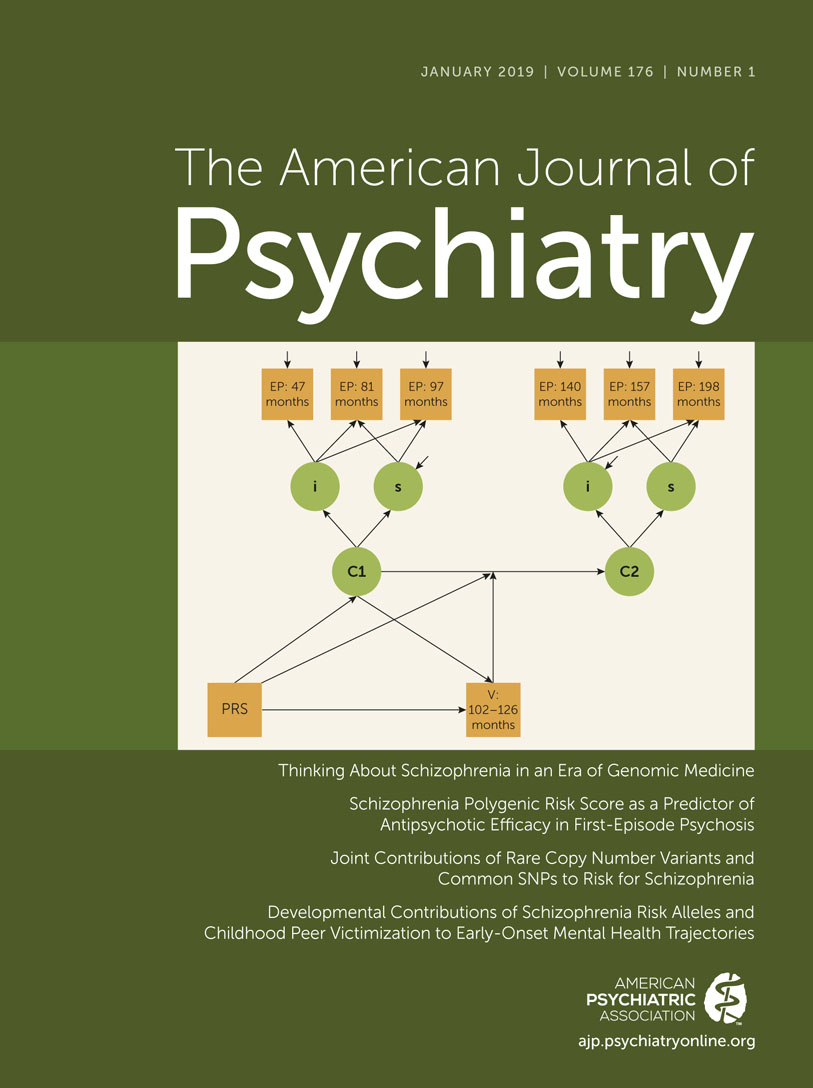Comment on Prevalence and Correlates of Prescription Stimulant Use, Misuse, Use Disorders, and Motivations for Misuse Among Adults in the United States
To the Editor: I wrote my first Ritalin prescription in 1978. I am also a student of stimulant history (1). Therefore, I read with particular interest the article by Compton et al. (2), published in the August 2018 issue of the Journal, on the prevalence and correlates of prescription stimulant use, misuse, use disorders, and motivations for misuse in the U.S. adult population. The authors are to be congratulated for bringing up to date data on current patterns of use, misuse, abuse, and addiction of drugs like Adderall. However, I feel the recommendations of the researchers and the accompanying editorial (3) to clinicians fall short by not specifically discouraging physicians from prescribing immediate-release formulations of methylphenidate (Ritalin) and amphetamine (Adderall), which are the “drugs of choice” in the misuse, abuse, and addiction of prescription stimulants (4). There is virtually no clinical indication for the prescription of immediate-release stimulants to teenagers and adults for the treatment of attention deficit hyperactivity disorder (ADHD). Indeed, immediate-release stimulants allow for a flexibility of time of use that may actually facilitate or promote an ADHD lifestyle of disorganization and procrastination. Long-acting stimulant preparations require planning of use and discourage stimulant use for a last-minute “all-nighter” cram session. Immediate-release stimulant preparations are also the easiest to crush for intranasal snorting for “power” studying or getting high. Responsible physicians should not only alert teenage and adult users about not sharing their stimulant medication, they should be prescribing only the long-acting stimulant preparations to their patients.
1 : On Speed: The Many Lives of Amphetamine. New York, New York University Press, 2008Google Scholar
2 : Prevalence and correlates of prescription stimulant use, misuse, use disorders, and motivations for misuse among adults in the United States. Am J Psychiatry 2018; 175:741–755Link, Google Scholar
3 : Prescription stimulant use and misuse: implications for responsible prescribing practices. Am J Psychiatry 2018; 175:707–708Link, Google Scholar
4 : Stimulant formulation and motivation for nonmedical use of prescription attention-deficit/hyperactivity disorder medications in a college-aged population. Am J Addict 2010; 19:569–577Crossref, Medline, Google Scholar



